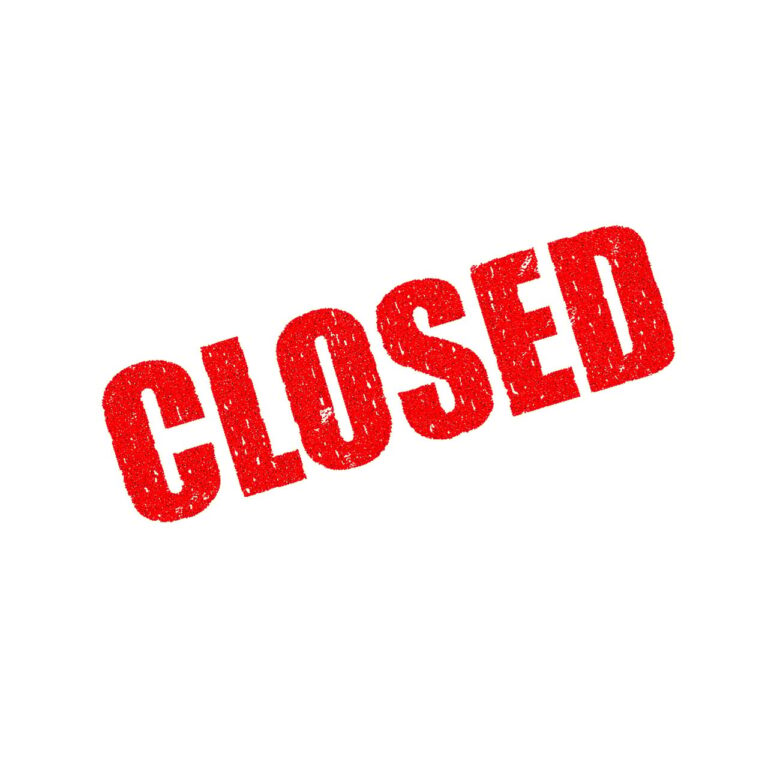Know Your Legal Rights is a bi-monthly column distributed by the State Bar of Wisconsin. It is sponsored by the State Bar of Wisconsin’s Lawyer Referral Service (LRS), which connects Wisconsin residents with lawyers throughout the state. To find an attorney in your area, visit wislaw.org.
By Atty. Keith Stachowiak

Slip and fall accidents happen under various preventable conditions, such as uneven pavement, unmarked steps, loose floor mats, potholes, damaged tiles, or objects left on the floor. Slips are often caused by water on floors or ice in parking lots. These hazards can result from poor drainage, improper snow removal, or neglecting to place warning signs after mopping.
Each case is unique, requiring careful attention to evidence and circumstances. Taking the proper steps after a fall is crucial to supporting your legal claim.
Documenting the Scene
Photographs are invaluable in slip and fall cases. It’s helpful to have the exact area of the fall in the same condition as it was at the time of the fall. Images of the surrounding area also help to show environmental conditions and the hazard’s proximity to other parts of the property, such as entrances or parking lots.
If injuries prevent you from documenting the scene, it is essential to have a friend or family member take photos as soon as possible. Preserving the conditions as they were at the time of the fall is key to building a strong case.
Take Note of the Weather
The weather at the time of the fall is a critical factor. For instance, dry weather raises questions about how water ended up inside a building, while the persistence of ice despite no recent precipitation may indicate negligent maintenance. Examining surrounding areas can also provide insights—for example, noting whether nearby parking lots and roads were cleared of snow or ice when the hazardous area was not.
Identifying Witnesses
Witnesses can provide essential support for your claim. Even if they didn’t see the fall happen, they might have observed the hazardous condition beforehand. Employees, bystanders, or others familiar with the area can corroborate your account of events.
Reporting the Incident
Informing the property owner or manager of the fall and hazard is vital. This creates an official record and may prompt immediate action to address the unsafe condition. Documenting the time, date, and details of the incident ensures that this report can be referenced later if needed.
Preserving Video Evidence
Surveillance footage can be a critical piece of evidence. Whether captured by security cameras, traffic cameras, or home doorbell cameras, these recordings can provide an objective account of the fall and the surrounding circumstances. Acting quickly to request preservation of this evidence is essential, as such footage is often overwritten within days.
In cases involving temporary hazards, extended footage showing the 24 hours before and after the incident can reveal how long the condition existed and whether any attempts were made to address it. This evidence helps establish the timeline of events leading to the fall and the property owner’s response.
Investigating Similar Incidents
If other people experienced the same hazard but avoided injury, earlier surveillance footage might still demonstrate a pattern of unsafe conditions. This can support claims of negligence, even if the specific incident didn’t result in prior accidents.
Determining Fault
Liability in slip and fall cases is often shared. While property owners have a duty to maintain safe premises, individuals are also expected to act with reasonable care. Your conduct will be evaluated, including whether you were under the influence of alcohol or drugs. Comparative fault rules mean that a jury will assign percentages of blame to all parties involved.
If the injured party’s fault exceeds that of the property owner, they may not recover damages. However, if the property owner is more at fault, any damages awarded will be reduced by the injured party’s share of the blame.
Insurance companies often argue that the victim was careless, particularly if others navigated the area safely. They may claim the hazard was “open and obvious,” suggesting the injured party should have noticed and avoided it. However, such arguments also highlight the property owner’s failure to address a visible danger.
Standards and Guidelines
Organizations such as the American National Standards Institute (ANSI) and National Safety Council (NSC) establish safety guidelines for businesses and property owners. These standards often include policies for snow removal, wet floor signage, and general maintenance. Demonstrating that a property owner failed to adhere to these guidelines can strengthen a case for liability.
The Safe Place Statute
For falls occurring in public buildings or workplaces, the Safe Place Act offers additional protections for individuals who slip and fall. This statute requires property owners and employers to take greater precautions to ensure safety, placing a higher burden of responsibility on them compared to standard negligence cases.
Building a Strong Case
Slip and fall accidents happen quickly, often leaving victims with little time to process what occurred. By documenting the scene, noting environmental factors, identifying witnesses, and understanding fault, injured parties can take meaningful steps to support their claims. Proactive evidence gathering and legal guidance are essential to achieving a favorable outcome.
Atty. Keith Stachowiak is with Murphy & Prachthauser Attorneys at Law in Milwaukee. He specializes in personal injury law, including construction accidents, trucking accidents, motor vehicle accidents, premises liability, and products liability. Recognized by “Best Lawyers in America” and “Super Lawyers,” he has argued four cases before the Wisconsin Supreme Court. To find an attorney near you, visit wislaw.org.



